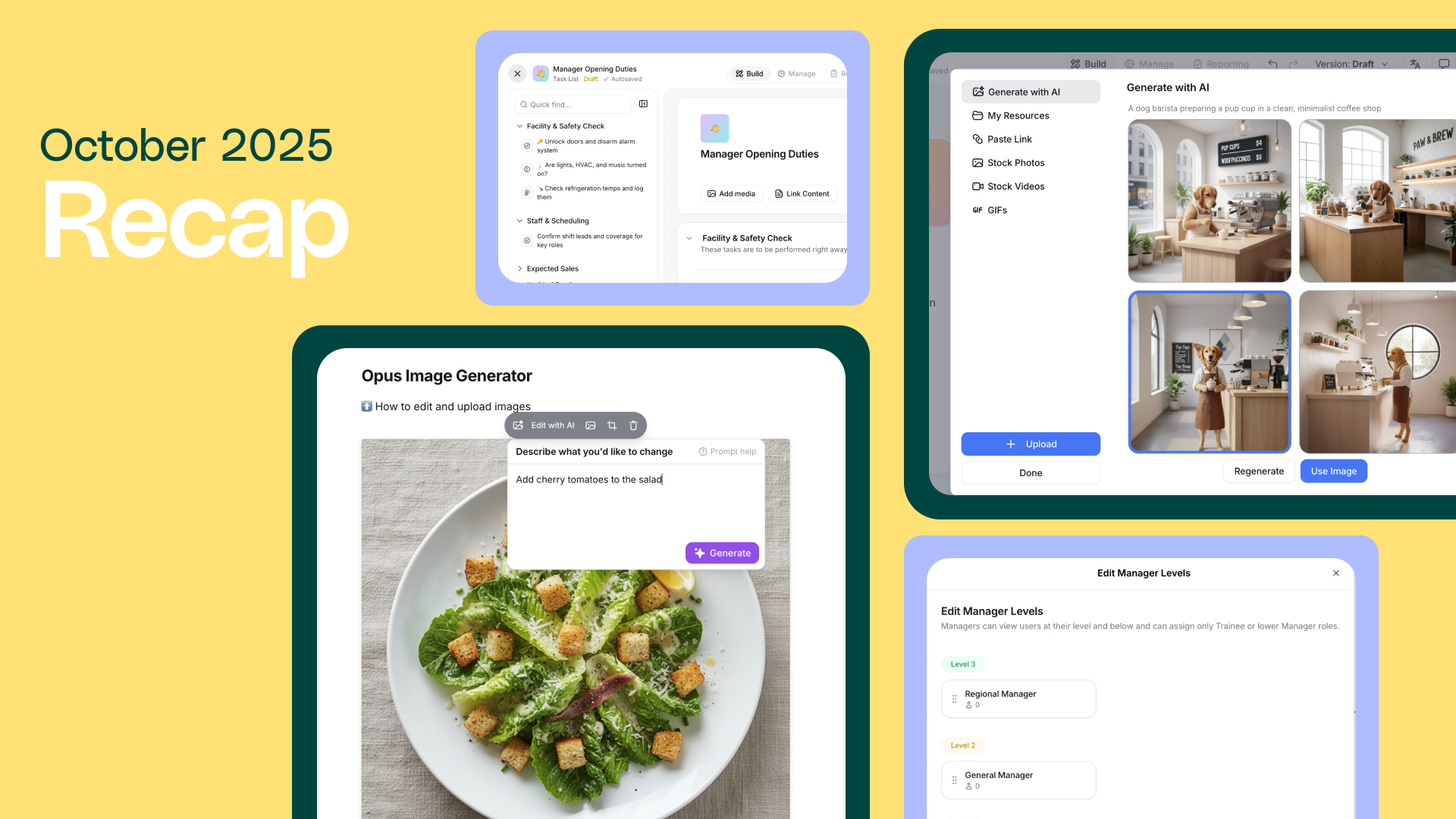Create a Culture of Inclusion
Employee training is not a “one size fits all” solution. Not all employees engage with training in the same way. Because of that, they can’t be expected to yield the same results. Inclusive training starts with an inclusive approach. Making your employee training inclusive and accessible to everyone within your team can create a healthier work environment and increase employee retention. But what can management do to help create a culture of inclusion? We’ve compiled a list of 5 tips to help deliver inclusive training.
Diversify Your Course Format
When we create an inclusive workplace, the individuals who make up the space have a wide range of experience and learning styles. In order to make training effective, you need to provide trainees with multiple options to access information. Today, most people are accustomed to short-form videos delivered via YouTube and other similar platforms. People tend to absorb information better when they have similar options to their day-to-day activities, at work. Creating a library of micro topic-specific videos allows people access to the information as often as they require it.
However, not all individuals learn via a one-way medium. Introducing formats that allow for interaction, such as facilitator-led training sessions, can reach a multitude of learners. By implementing this format of learning, trainees are able to ask questions and the facilitator is able to evaluate the trainees’ understanding of the content. When you simultaneously rely on both face-to-face interactions and digital materials, you are expanding the number of people you reach in your training.
Deliver training in all languages
Being multilingual has been consistently proven to improve mental agility and concentration [1]. Those with English as a second language perform task-switching more efficiently and have the capacity to better accommodate other ways of thinking [2]. Take these considerable advantages into a working context and they can only mean a greater contribution to a company’s evolution and prosperity. With that being said, delivering training in the language that people are most comfortable with is essential to supporting your frontline workers. Technology can be leveraged increasingly and effectively in a multilingual workspace to facilitate communication. Using technology that translates your training material is the most cost-efficient way to deliver multilingual capabilities when compared to hiring a translator.
Require and track coaching moments
One in three employees considers their organization’s training outdated [3]. Often, the best resource you have isn’t in handbooks or videos, but in the people themselves. Supporting your frontline workforce to become better leaders and ultimately on-the-floor trainers, is a great way to help everyone on your team retain the necessary information. When you train the trainer, it helps keeps the organization up to date and in compliance. When creating
Make It Visual
Practical training incorporates a lot of visual elements: photos, video, graphics, and more. Many times, including activities, help with the visual aspect of training. By offering a variety of materials, your training will appeal to different users. Poorly designed employee training can overwhelm the trainee’s cognitive capacity. People tend to lose track of the lesson and this leads to a decrease in their confidence.
Break up the more intensive and complicated concepts with multimedia. Doing so can keep your frontline engaged throughout their training by focusing on a single idea at a time. These large concepts can be broken up into multi courses. These new mini-courses allow the trainee to focus on one idea at a time, to be able to easily process information.
Get Employee Feedback
When you leave room for feedback, your employees will know that you value their opinions. Receiving feedback shows that you are dedicated to providing the best experience. Managers can conduct assessments of their organization’s demographics to develop specific strategies to promote inclusiveness. [4]. Studies show that annual employee engagement surveys are better than less frequent measuring [5]. After collecting feedback, operators should be ready to act on it.







